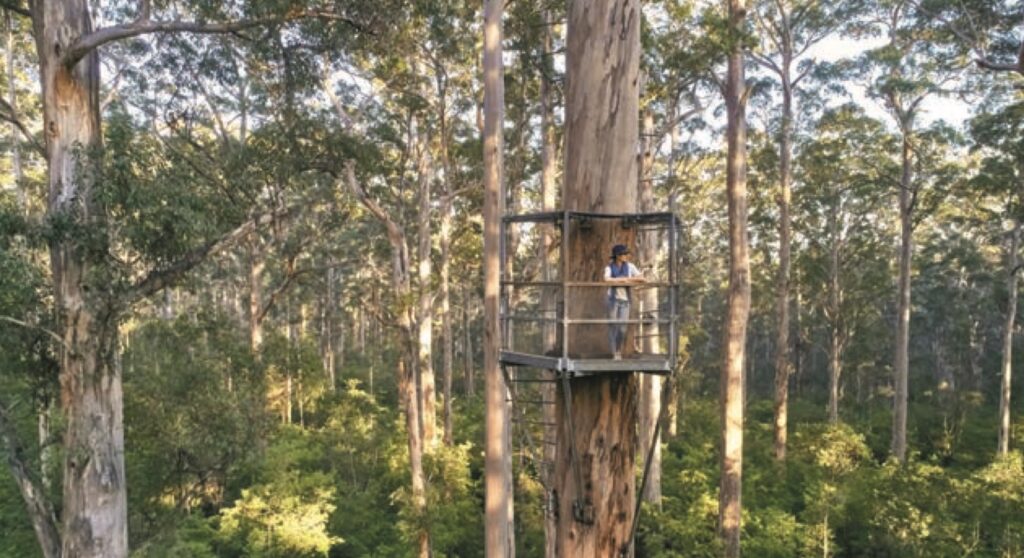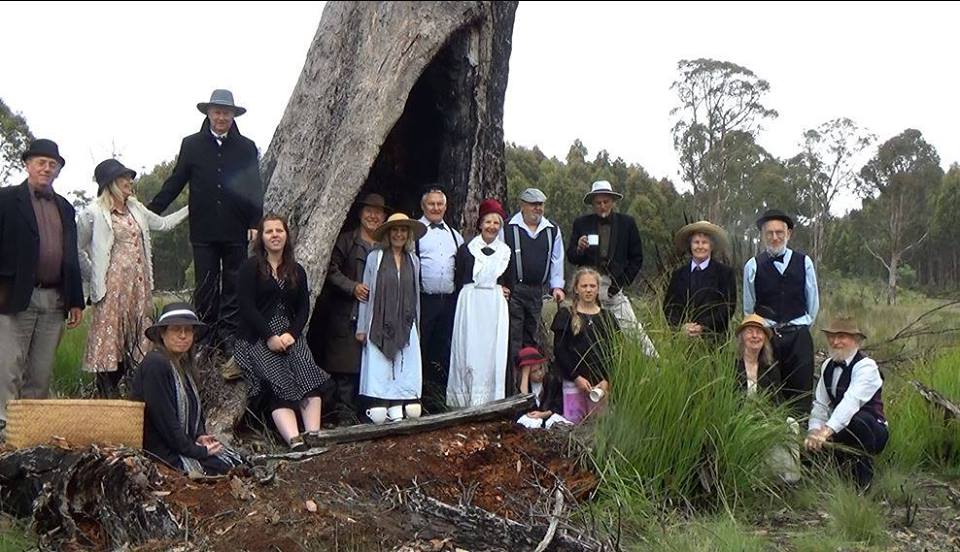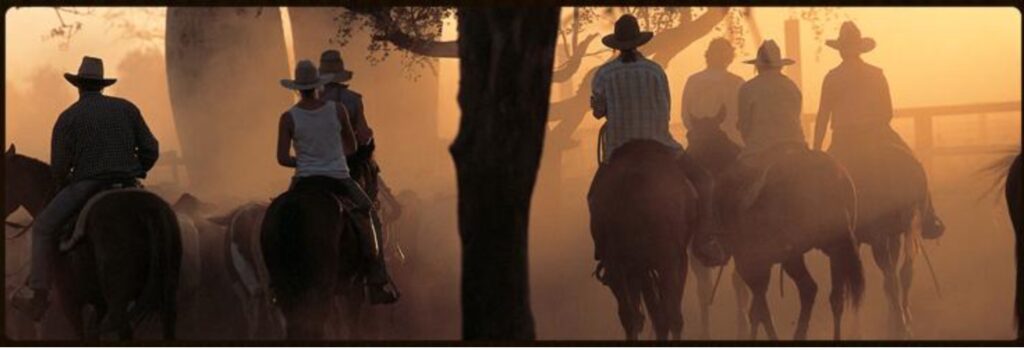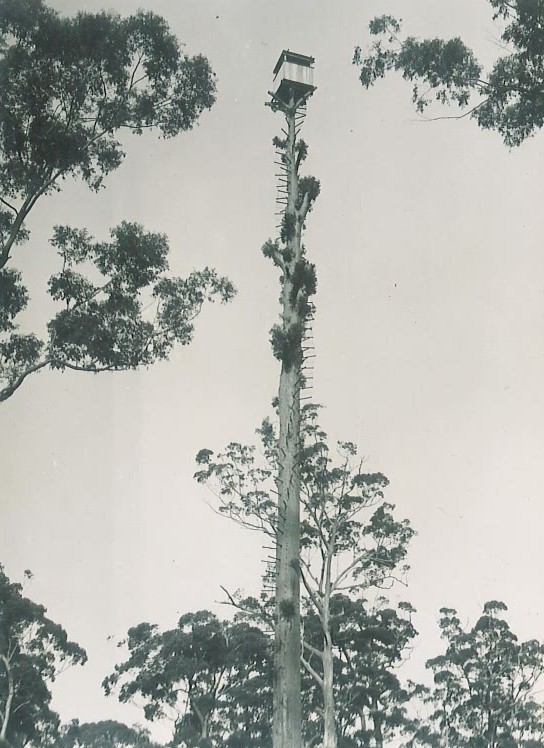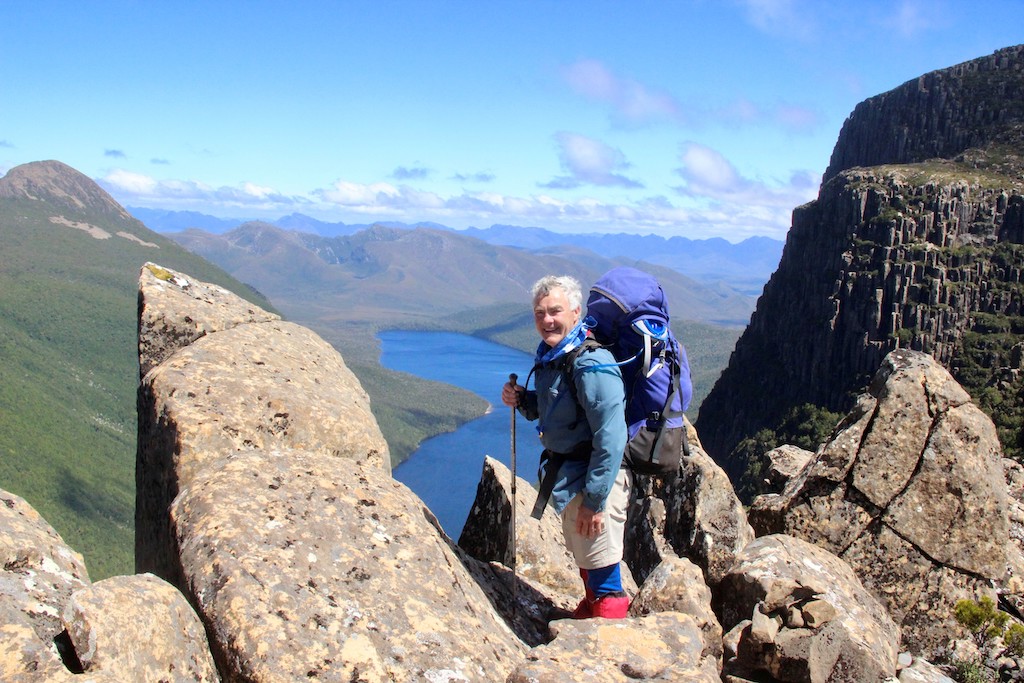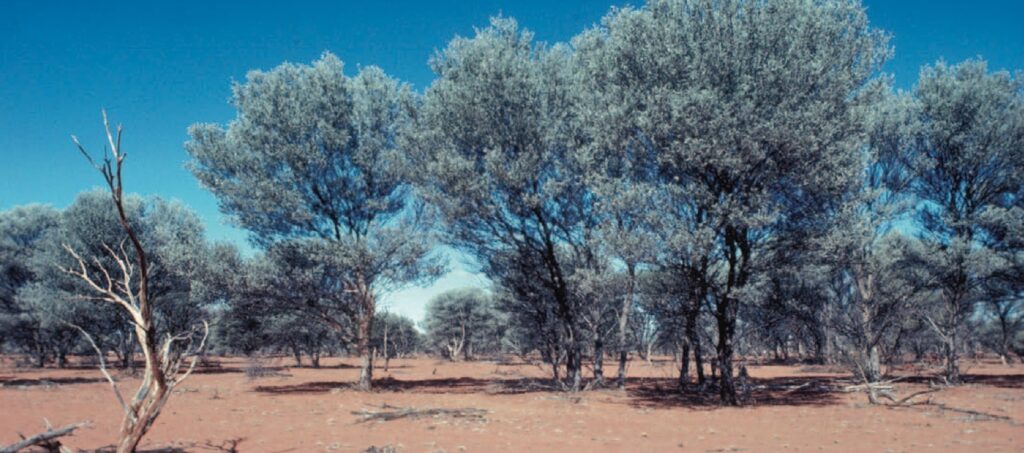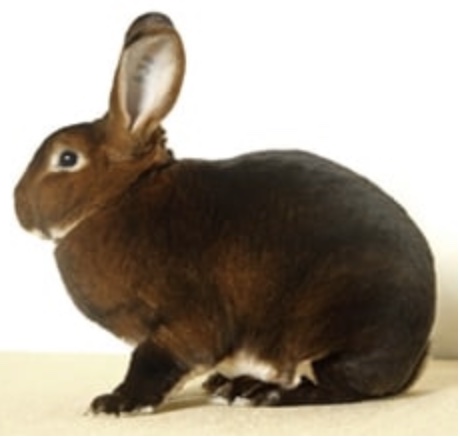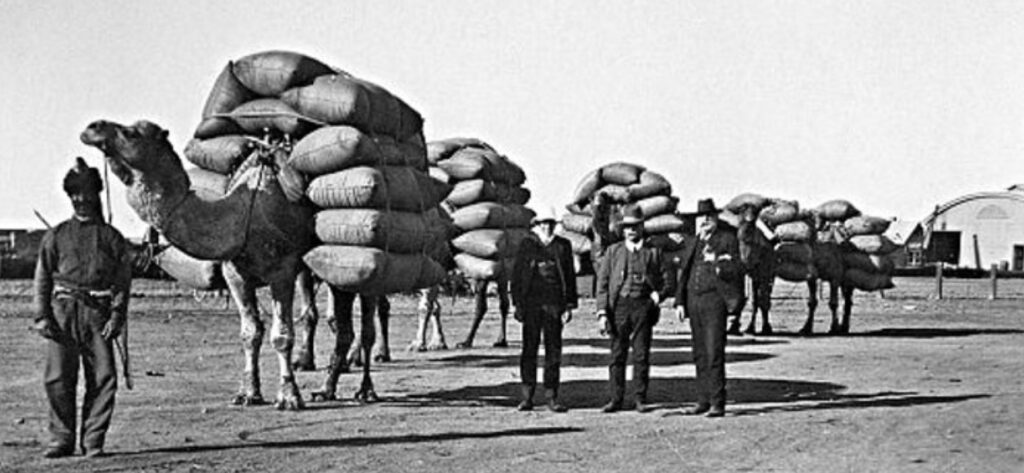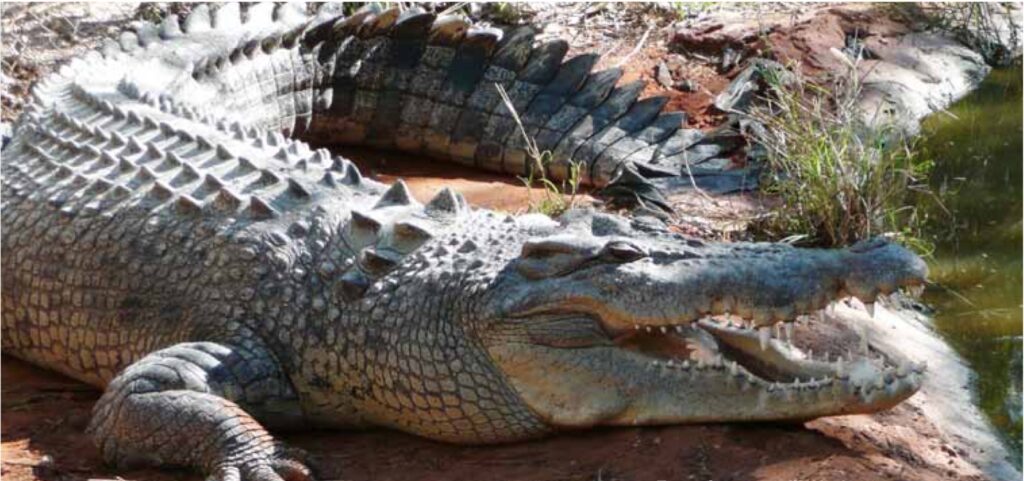Who are the real forest saviours in Western Australia?
“Surely there can be no greater cathedral as forests such as those of the karri.” Vincent Serventy
“If you can bear to hear the truth you’ve spoken twisted by knaves to make a trap for fools” Rudyard Kipling
The “defenders of the South West forests” are celebrating the recent announcement by the Western Australian Premier to cease native forest logging by January 2024.… Read more
